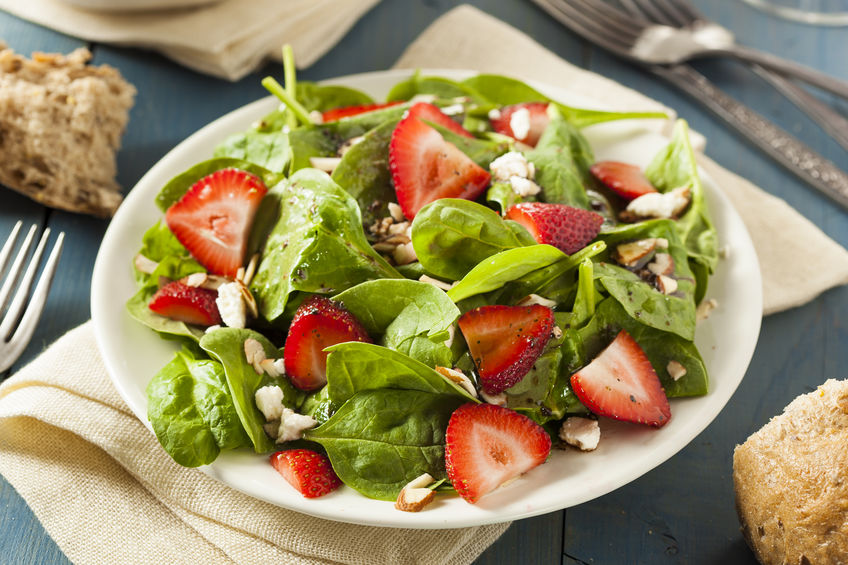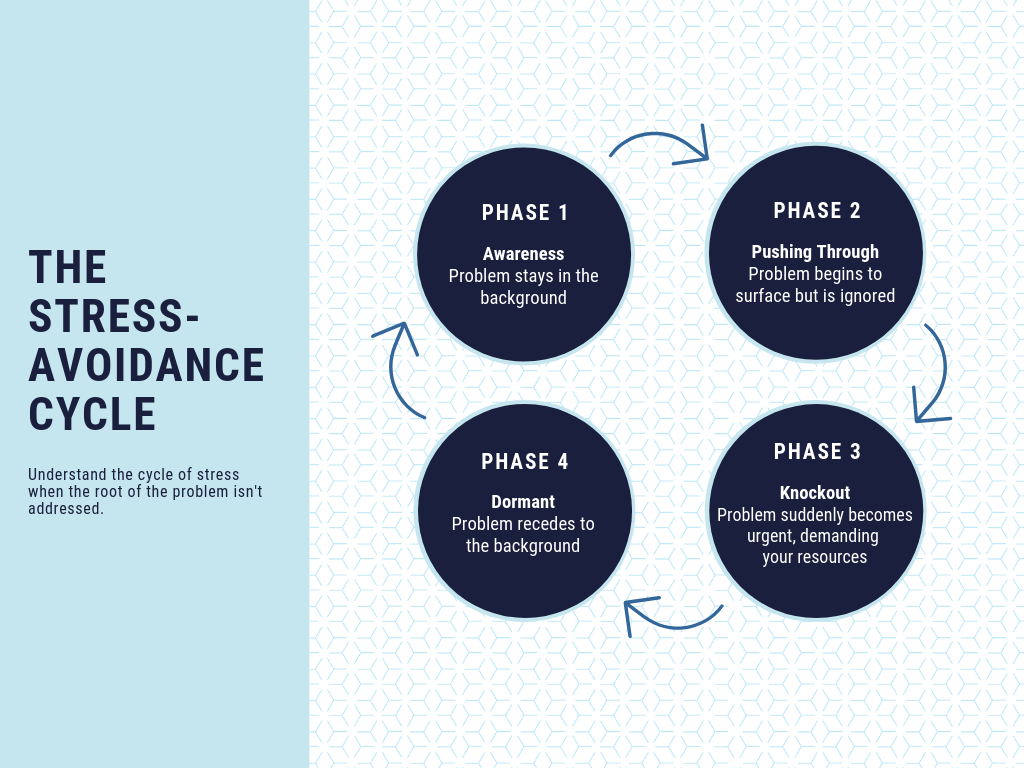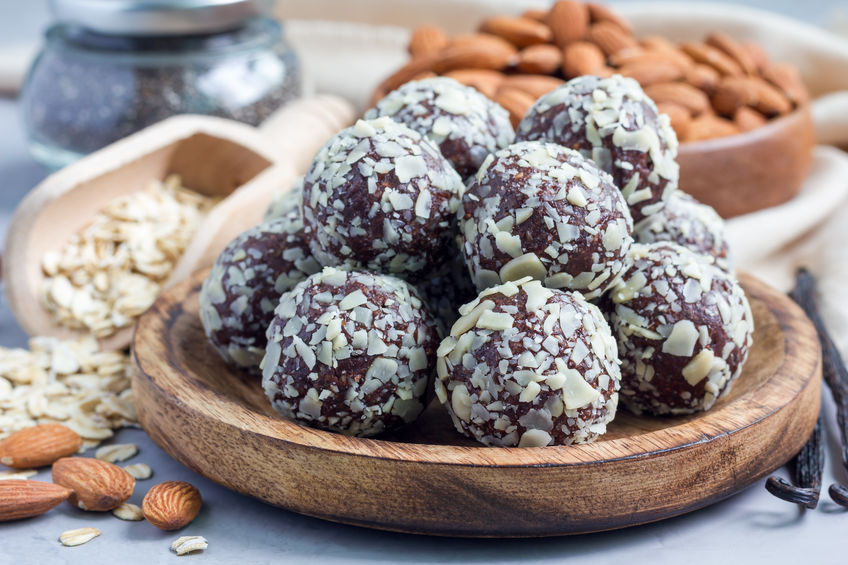You’re living a fast-paced life and it seems like you’re always being pulled frome one thing to the next. Somehow in there you manage to grab a smoothie, some toast, and the occasional sit down meal. But have you ever thought that your sporadic eating habits influence more than whether you feel full or not?
The food you take in is responsible for giving you all the nutrients your body needs to produce new healthy cells, hormones, and repair your tissues. The thing is, many of us aren’t getting enough nutrients, so we’re missing key building blocks that our bodies need.
Nutrient deficiencies can be behind some common health concerns. They can also be at the root of more serious diseases and chronic lifestyle issues. Read below to see if your health concerns can be traced back to nutrient deficiencies.
Many nutrition professionals generally advise that a healthful, balanced diet can provide most people with the nutrients essential for good health.
Fruit and vegetables naturally contain a number of beneficial nutrients, such as vitamins, minerals, fibre, antioxidants and other biologically active components – or phytochemicals.
In fact, it has been documented that consumption of at least 5 servings per day is linked with a reduced risk of various diseases, including several cancers and heart disease.
However, with the overall lack of nutrient bioavailability due to things like:
- inadequate fruit and vegetable servings
- soil depletion
- over-processing of food
- treated water
It’s no wonder that many of us are indeed lacking in a number of key nutrients that we once came by very easily. We simply aren’t eating our Grandmother’s fruits & veggies anymore!
Do you have any of THESE health issues right now?
(You may be surprised to learn that there may be a connection to certain symptoms with actually having a nutritional deficiency!)
Muscle twitches or leg cramps?
A nutrient that is commonly found in plant foods, but also commonly lacking in our diets due to all of the reasons for poor bioavailability, is magnesium.
This talented mineral is involved as a cofactor for a range of biochemical reactions in the body, is involved in the structural development of bone, and plays a role in nerve impulse conduction, maintaining a normal heart rhythm and muscle contraction.
Helloooo dark chocolate! Yes, dark chocolate is high in magnesium, just like dark leafy green vegetables.
Hormonal issues causing chaos? Maybe your fats aren’t so good.
FYI, while hormonal imbalances are another topic entirely, here are some of the most common signs and symptoms of hormone imbalances:
- Depression and anxiety
- Fatigue
- Insomnia and poor sleep
- Low libido
- Infertility and irregular periods
- Weight loss, weight gain or weight loss resistance
- Digestive issues
- Hair loss and hair thinning
Hormonal imbalances are complex, multi-faceted issues, meaning they are caused by a combination of factors such as your diet, medical history, genetics, stress levels and exposure to toxins from your environment.
Again, another topic altogether, but one of the major contributors to hormonal imbalances includes your diet – and specifically a lack of fats. Good fats, that is!
Hormones are built on fat, and your body can only use the building blocks you give it.
Think wild-caught salmon, hemp seeds, coconut oil, avocados, and a special mention of GLA (gamma linoleic acid) found in evening primrose and borage oils – studies have shown that supplementing with GLA can support healthy progesterone levels.
How’s your nail health? Maybe not as good as you think! Here are some signs to watch for:
What’s considered ‘normal’ differs in everyone, but generally, fingernails should be clear, smooth, pliable and peachy-pink in colour.
White spots
Ever noticed white spots on your nails?
While this is most often due to mild trauma (like banging your nail against something hard), it can also indicate a zinc deficiency.
Horizontal lines, ridges and spoons
What about horizontal lines or ridges across your nails?
These are sometimes called Beau’s lines, and may be due to a zinc deficiency but could be indicative of low iron or anemia. Nails can be spoon-shaped at the tips with iron deficiency as well.
Dry, brittle and peeling
Dry, brittle, thin or peeling nails?
Could just be dry nails, but possibly also…
- a lack of protein
- Vitamin D deficiency
- Deficiency in one or more B vitamins
No half moons?
Ever noticed the lighter-toned half-moons at the base of your fingernail? Or perhaps you haven’t noticed them because they’re absent all together!
This is usually due to a Vitamin B12 deficiency and is also associated with anemia.
So, how do we get all the nutrients we need, and improve our health?
Even with striving to maintain a healthful, balanced diet, it’s apparent that many of us may not be getting all the nutrients we need for optimal health.
Things that contribute to acquiring nutrient deficiencies:
- Lack of nutrient bioavailability
- Poor dietary choices
- Restricted diets
- Food sensitivities & intolerances
- Gastrointestinal disorders
- Poor nutrient absorption (through the small intestine)
- Some medications
- Age
As always, getting your full complement of nutrients is encouraged through whole food sources, but sometimes our diet just isn’t meeting all of our needs and this is where supplementation may be necessary.
RECIPE

For better nutrient bioavailability, there are certain food pairings that increase the uptake and absorption of one or more nutrients = synergistic effect.
For example, pairing sources of Vitamin C with sources of Iron to increase the uptake and absorption of the Iron.
My favourite way to do this is in a fresh, vibrant spinach salad with juicy strawberries!
Spinach-Strawberry Salad with Berry Vinaigrette
Ingredients
8 cups baby spinach leaves (organic preferable)
4 cups strawberries, fresh sliced (organic preferable)
½ red onion, thinly sliced
½ cup walnuts, chopped & toasted (or other fave nut or seed, lightly toasted)
Dairy option: crumbled goat cheese
Dressing – in a small bowl, whisk together the following:
½ avocado or virgin olive oil
¼ cup balsamic (or raspberry-infused wine vinegar for a lighter, less sweet option)
2 Tbsp honey (unpasteurized preferable)
Pinch smoked paprika
Salt & pepper to taste
Salad preparation
In a large bowl, gently toss all salad ingredients.
Pour dressing over top and toss gently to just combine.
If using, sprinkle goat cheese over the top of salad or just on individual plates as it can get “mashed into” the salad very easily.
Spinach does not generally keep very long, and becomes wilted quickly. This salad is best served immediately.
REFERENCES
The Wellness Business Hub: Yes, We Do Have Nutrient Deficiencies!
CanPrev: Nutrient Deficiencies – Why Nearly Everyone Has Them
Scientific American: Have Fruits & Vegetables Become Less Nutritious?
Dr Axe: Balance Hormones Naturally







